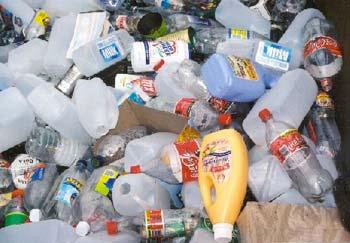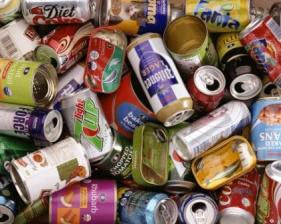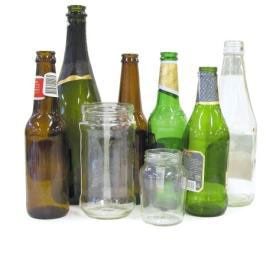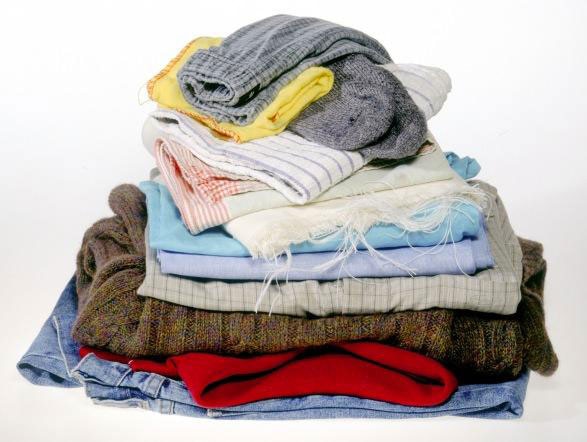What happens to all those recyclable items after they are collected?
Recycling is the process of making used or unwanted products into new, remanufactured products. In other words, recycling is the art of making waste into a resource! The recycling process varies depending on what item is being recycled.

Paper
The paper is taken to a recycling plant where it is separated into different types and grades. The separated paper is then washed with soapy water to remove inks, plastic film, staples and glue. This mixture is then mixed with water to create a slurry.
Adding different materials to the paper slurry can create various products made from the recycled paper. This can include: cardboard, newsprint, or office paper.
Paper is a very valuable recycling material. Our paper recycling bins can help you sort your paper recycling. Browse our paper, newspaper and magazine recycling bins here.

Plastics
When plastic is recycled, it is sorted into different types and colors, filtered and sifted of contaminants, then chopped and melted into pellets or made into fibers.
Recycled plastic materials can be used to make new products. This can include: fleece fabrics, durable construction materials, molded furniture or insulation.
The Green A-Bin™ 40 Gallon Plastic Bag Recycling Bin can make it easy for you to recycle plastic bags. These plastic recycling bins are made from recycled plastic. Get yours today.

Metals
When metals are recycled, metal products (such as aluminum cans) are chopped up, heated to remove the paint coating, then heated again to melt and mix.
After being filtered and treated, the molten metal is poured into ingots, which are rolled into flat sheets and ready to be made into new metal products.
Metal recycling is a cost-effective recycling solution. Metals such as aluminum are almost infinitely recyclable. Get started with your metal recycling program with The Heritage Series recycling bins. The Heritage Series offer a customized recycling solution for your facility. Order yours now.

Glass
Glass is collected, sorted by color then washed to remove any impurities. The glass is then crushed and mixed with sand, soda ash and limestone.
This recycled glass mixture is then melted and molded into new products, such as bottles and jars.
The Hexstation 3-Bin Bottles, Cans and Glass Station make it easy to manage your glass, can and bottle recycling with one recycling solution.

E-waste
Electronic waste, or e-waste (cell phones, laptops, computers, batteries, etc), is dismantled into various parts (metal frames, power supplies, circuit boards, plastics) either by hand or automated shredding equipment. These recovered components are then collected and sent to various facilities for further recycling processing.
Leaded glass from CRTs is reused in car batteries, ammunition, and lead wheel weights. Copper, gold, palladium, silver and tin are sold to smelters for recycling. Hazardous smoke and gases captured from recycling e-waste are contained and treated to mitigate environmental threat.
It's important to recycle your e-waste correctly. This helps to minimize potential environmental impacts. These E-Waste Recycling bins will let you set up an environmentally friendly recycling solution. Learn more by clicking here.

Textiles and Clothing
Recycling textiles and clothing first requires collecting the textiles and clothing and sorting into type and color. The textiles are shredded into fibers and blended with other fibers. The blended mixture is cleaned and spun for weaving or knitting. Fibers can also be compressed for mattress production.
Some textiles are simply shredded to make filling material for car insulation, roofing felts, loudspeaker cones, panel linings and furniture padding.
For specialized polyester based materials, buttons and zippers are removed. Then, the remaining material is cut into small pieces. These small pieces are granulated and formed into small pellets. The pellets are broken down and turned into polyester chips. These chips are melted and spun into new filament fiber used to make new polyester fabrics.
A textile and clothing donation bin can make it easier to recycle your textiles and clothing. Browse our range of durable donation bins here.